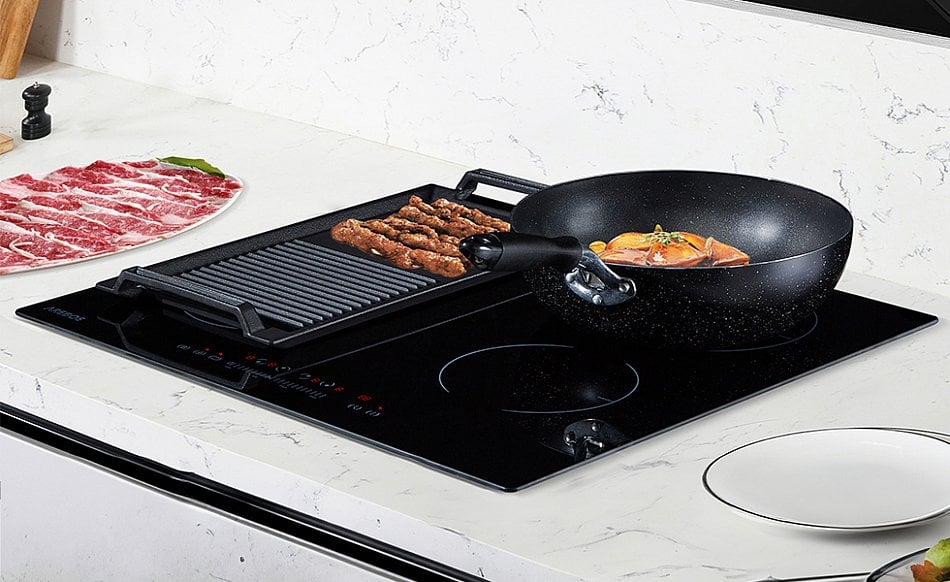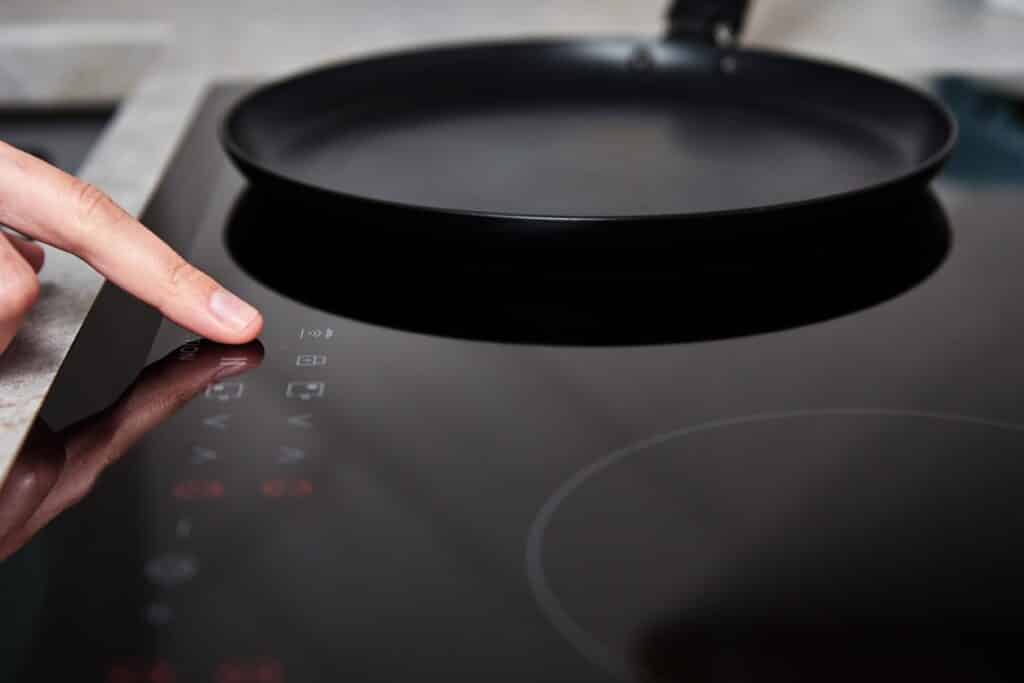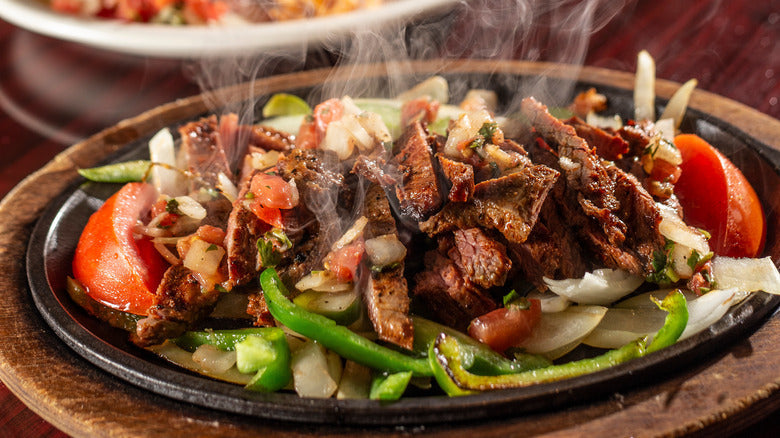For kitchen professionals, mastering the art of handling hot cast iron pans is crucial. These versatile cooking tools are known for their ability to retain heat, making them a staple in kitchens around the world. However, managing their heat safely and effectively is essential to avoid accidents and ensure optimal cooking results.
Understanding how to handle hot cast iron pans is not just about preventing burnsit's about harnessing the power of cast iron to create culinary masterpieces. Whether you're searing a steak or baking cornbread, knowing the right techniques can elevate your cooking game.

Why Cast Iron Retains Heat So Well
Cast iron is renowned for its excellent heat retention properties. This quality makes it ideal for tasks that require consistent temperatures, such as frying or baking. The dense material of cast iron allows it to absorb heat slowly and distribute it evenly across its surface, which is why it stays hot long after being removed from the heat source.
This characteristic can be both a boon and a challenge. While it ensures even cooking, it also means that the pan remains dangerously hot for an extended period. It's vital to have a strategy for safely managing this heat.
Essential Tools for Handling Hot Cast Iron
To safely handle hot cast iron pans, professionals should equip their kitchens with the right tools. Here are some essentials:
Heat-Resistant Gloves
Invest in a pair of high-quality, heat-resistant gloves. These gloves offer excellent protection against burns, allowing you to safely move and adjust the pan as needed.
Silicone Handle Covers
Silicone handle covers are a great addition to your kitchen arsenal. They fit snugly over the handle, providing a barrier between your hands and the scorching metal.
Trivets and Cooling Racks
Have a sturdy trivet or cooling rack on hand to place your hot pan on. This prevents damage to your countertops and keeps the pan stable while it cools down.
Techniques for Safe Handling
While tools are important, techniques are equally crucial. Here are some methods to ensure safety and effectiveness:
Preemptive Heat Management
Before you start cooking, plan out your steps to minimize the need to move the pan. This could mean pre-measuring ingredients or having a clear work area ready.
Using Two Hands
When handling a hot cast iron pan, use both hands for stability. This reduces the risk of dropping the pan and ensures better control.
Mindful Movement
Always be aware of your surroundings. Move slowly and deliberately when carrying a hot pan to avoid accidents. Communicate clearly with others in the kitchen to prevent collisions.
Managing Heat on Induction Cooktops
Induction cooktops are becoming increasingly popular in professional kitchens. They offer precise temperature control and are generally safer. However, not all cast iron pans are compatible with induction. It's essential to check if your pan is suitable for induction cooking. Learn more about this in our article Energy Usage on Induction.
When using cast iron on induction, be mindful of the heat boost features. These can rapidly increase the temperature, leading to unexpected heat management challenges. Discover more in our guide on Cast Iron and Induction Boost Mode.
Maintaining Your Cast Iron Pan
Proper maintenance of your cast iron pan is crucial for long-term usability. Regular seasoning helps maintain its non-stick surface and enhances its heat retention properties. For detailed tips on maintaining your cast iron, check out Whirlpool's guide on cast iron care.
Cleaning Tips
Always clean your cast iron pan with warm water and a stiff brush. Avoid using soap unless necessary, as it can strip away the seasoning. Dry the pan thoroughly to prevent rust.
For more cleaning tips, visit our blog on Glass Top Safety with Cast Iron.

Faq Section
Can cast iron be used on all cooktops?
Yes, cast iron can be used on most cooktops, including gas, electric, and induction. However, always check compatibility with your specific induction model.
How can I prevent rust on my cast iron pan?
Regular seasoning and thorough drying after each wash are key to preventing rust. Store your pan in a dry place to further protect it.
What's the best way to re-season a cast iron pan?
To re-season, apply a thin layer of vegetable oil to the pan, then bake it upside down in a preheated oven at 350F for one hour. Let it cool in the oven before using.
By following these guidelines and tips, kitchen professionals can safely and effectively handle hot cast iron pans, ensuring both safety and culinary excellence.






Leave a comment
This site is protected by hCaptcha and the hCaptcha Privacy Policy and Terms of Service apply.